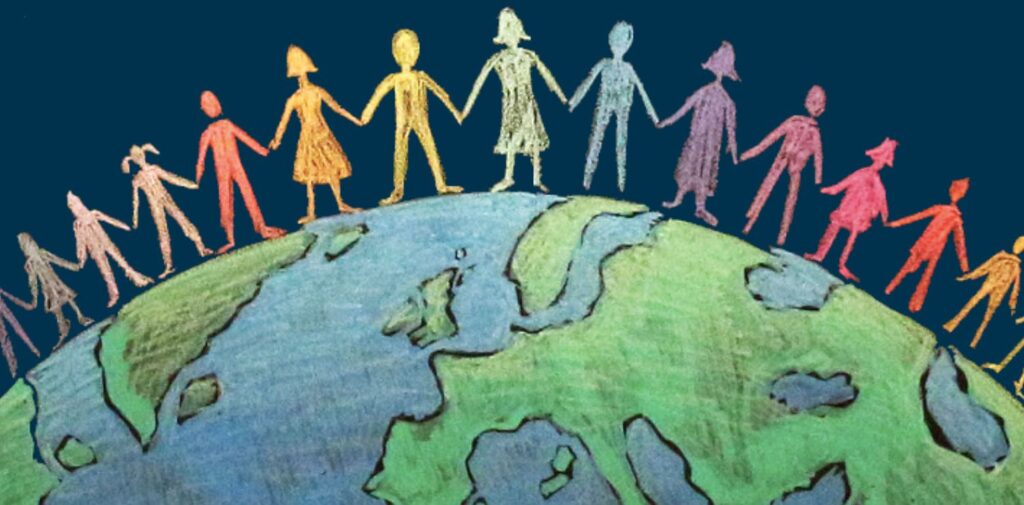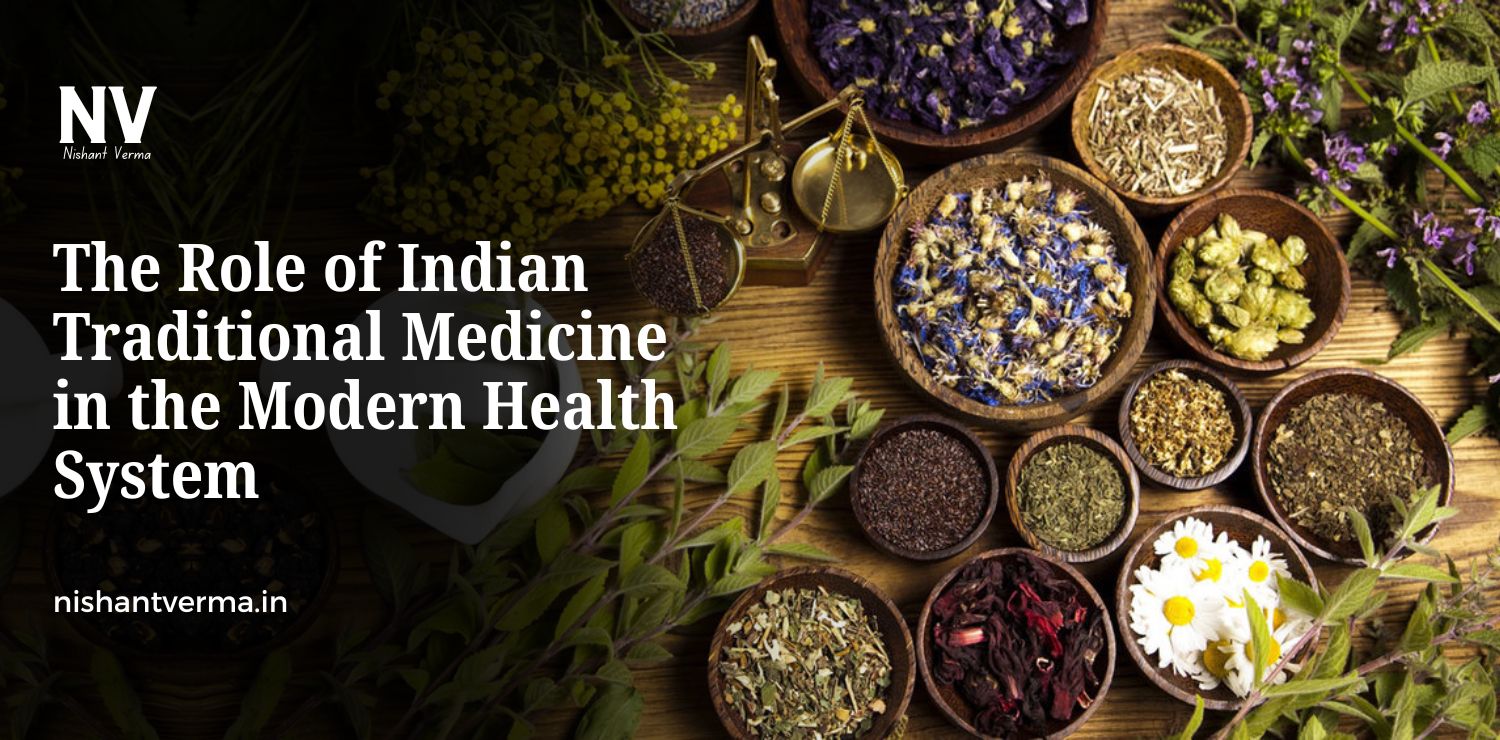In today’s world, media and popular culture play a huge role in shaping how we think, feel, and understand ourselves. From movies and TV shows to social media platforms and advertisements, media has a strong influence on every aspect of our lives. For communities with deep cultural and religious roots, like Hindus, the impact of media on identity is especially important. It shapes how Hindu traditions, beliefs, and practices are viewed, both by those who belong to the religion and by others around the world.
In this article, we will explore how media and pop culture have influenced the Hindu identity over time. We’ll look at the positive and negative effects, how Hindu culture is represented, and the challenges and opportunities this presents for Hindus in the modern world.
The Growing Influence of Media and Pop Culture
Media, especially television, movies, and the internet, have become central to our daily lives. The rise of social media platforms like Instagram, Twitter, and YouTube means that everyone has access to content from all over the world. For Hindus, this means that their culture is being represented globally, but also interpreted and sometimes misunderstood in ways that can shape their sense of identity.
Pop culture, which includes music, fashion, movies, and trends, reaches millions of people and can either reflect or distort a group’s cultural values. For Hindus, this impact is especially important because Hinduism is not just a religion but also a way of life that involves rituals, festivals, customs, and philosophies that have been passed down for thousands of years. How these practices and values are portrayed in the media directly affects how young Hindus see themselves and how others view them.

Positive Impacts of Media on Hindu Identity
- Increased Global Awareness: One of the biggest advantages of media is its ability to introduce Hindu culture to people around the world. Thanks to Bollywood films, yoga tutorials on YouTube, and global festivals like Diwali and Holi being celebrated in various countries, people are becoming more aware of Hindu traditions. This helps break stereotypes and reduces misunderstandings about the religion. For example, Bollywood films often feature Hindu deities and rituals, giving audiences a glimpse into the practices and beliefs of the religion. This visibility helps promote understanding, especially in non-Hindu societies, where many may not have had the opportunity to learn about Hinduism firsthand.
- Cultural Pride and Preservation: Media allows Hindus to reconnect with their roots and take pride in their cultural heritage. With the rise of streaming platforms and Indian cinema, people can watch movies, documentaries, and series that showcase Hindu mythology, history, and festivals. Shows like Sacred Games on Netflix and movies like Baahubali have brought Hindu stories and epics like the Mahabharata and Ramayana to a global audience. In addition to films, social media platforms also provide spaces for Hindus to share their beliefs, celebrate festivals, and discuss spiritual practices. This creates a virtual community where Hindus can find support and share their experiences, fostering a sense of pride in their identity.
- Empowerment Through Representation: Representation of Hindu characters and themes in popular media helps people, especially younger generations, feel more connected to their heritage. The more positive and diverse representations of Hindus in media, the more people feel seen and heard. For instance, Indian-American actors like Priyanka Chopra and Riz Ahmed have gained international recognition, portraying complex and nuanced characters that reflect modern Hindu identities. Representation also extends to Hinduism’s rich diversity. From the vibrant traditions of South India to the spiritual practices of the Himalayas, the media helps showcase the different ways Hinduism is lived and experienced around the world.

Negative Impacts of Media on Hindu Identity
- Stereotypes and Misrepresentation: While media can raise awareness, it can also reinforce negative stereotypes. Hollywood movies, for instance, have often portrayed Hindu characters in one-dimensional or even offensive ways—often focusing on mysticism, and exoticism, or portraying India as a land of poverty and superstition. These representations can make it difficult for people to see the true diversity of Hindu culture and beliefs. Similarly, in Western media, when Hindu practices like yoga or meditation are commercialized, they may lose their deeper spiritual significance and become reduced to trendy activities. This can lead to a shallow understanding of Hinduism, especially when such practices are divorced from their cultural and religious context.
- Loss of Traditional Values: As global pop culture becomes more dominant, there is a growing concern among some Hindus that younger generations may drift away from traditional practices and beliefs. In many families, parents are worried that their children may not fully appreciate the rich spiritual and cultural heritage of Hinduism because of the influence of Western media, which often promotes materialism and individualism over communal values. For example, during major festivals like Diwali, the media often emphasizes consumerism—advertisements for new products, flashy clothes, and gift-giving—over the spiritual aspects of the festival. This can create a sense of disconnection between traditional practices and modern celebrations, where the true essence of the occasion may be lost.
- Cultural Appropriation: Another issue that arises from the global spread of Hindu culture is cultural appropriation. This happens when elements of Hinduism, such as symbols, rituals, or even clothing, are taken and used by people outside of the community without understanding or respecting their original meaning. For instance, the use of the bindi as a fashion accessory or the Om symbol on clothing can be seen as disrespectful when these sacred items are used without understanding their significance in Hinduism. Such appropriation can dilute the meaning of important cultural and religious symbols and cause harm to the community by reducing them to mere trends.

The Way Forward: Navigating the Challenges
Hinduism is an ancient religion that has always been flexible, adapting to different cultures and eras. While the influence of media and pop culture may present challenges, it also offers an opportunity for Hindus to engage with the world while staying connected to their roots.
- Education and Awareness: One of the most important steps is education. By teaching the true essence of Hinduism in schools, through documentaries, and in media content itself, both Hindus and non-Hindus can understand the religion more deeply. This could involve highlighting not just Hindu festivals and rituals, but also the underlying philosophies such as karma, dharma, and moksha.
- Creating Authentic Media: Another solution is for more authentic and diverse media content to be created. Indian filmmakers, writers, and artists should continue to share stories that portray Hinduism in a rich, multifaceted way. Global platforms like Netflix and Disney+ have started to include more content related to Hindu themes, but there is still room for more depth and accuracy.
- Engaging in Meaningful Conversations: Hindus can also take active roles in conversations around media representation. Social media provides an outlet to express how Hindu culture is portrayed and to call out misrepresentations or stereotypes. Engaging in dialogues with people from different cultures can also promote understanding and tolerance.
Conclusion
The media and pop culture are powerful forces that shape how we understand ourselves and others. For Hindus, these influences are both positive and negative, offering opportunities for greater visibility and cultural pride while also presenting challenges in terms of misrepresentation and loss of traditional values. By actively engaging with media, promoting education, and creating authentic content, Hindus can navigate these challenges and ensure that their rich, diverse identity continues to thrive in the modern world.
As media continues to evolve, Hindu communities need to embrace their traditions while also adapting to the changing global landscape, ensuring that their identity remains strong, vibrant, and respected for generations to come.




